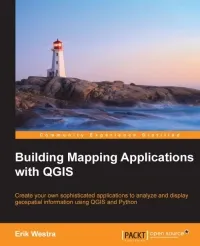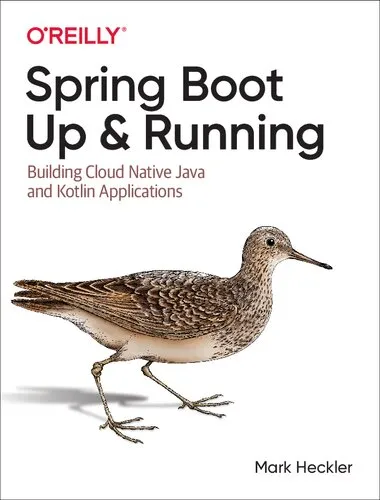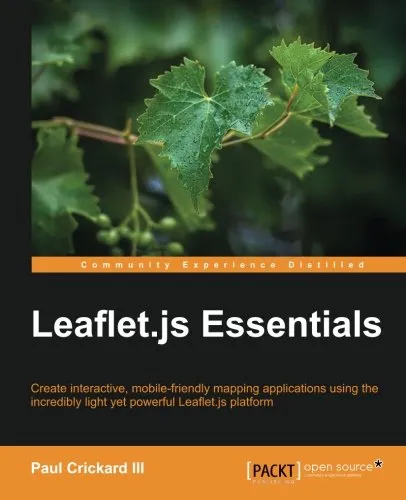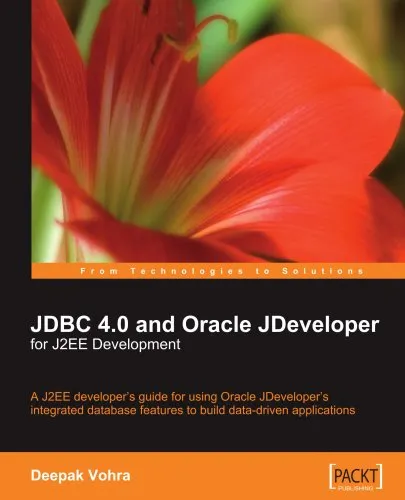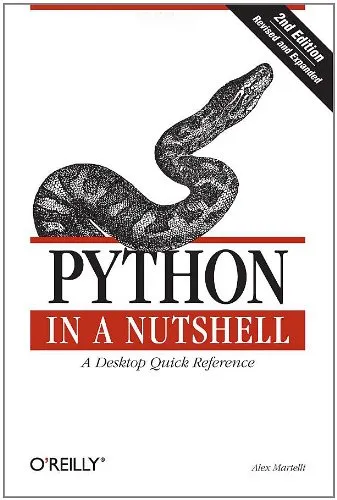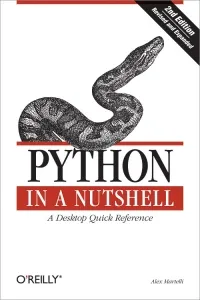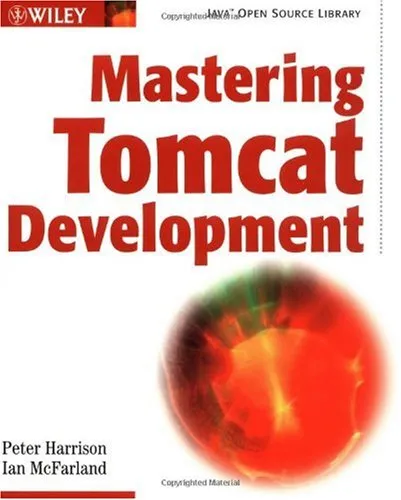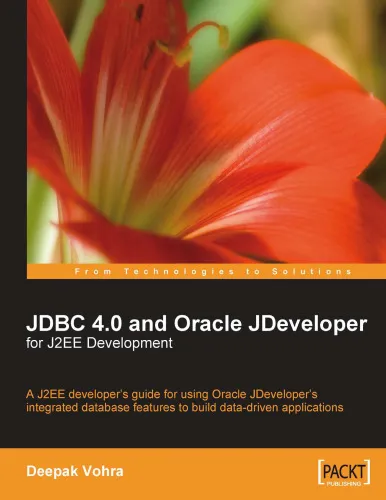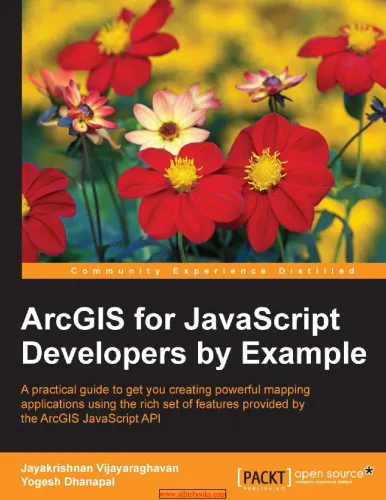Building Mapping Applications with QGIS: Create your own sophisticated applications to analyze and display geospatial information using QGIS and Python
4.3
Reviews from our users

You Can Ask your questions from this book's AI after Login
Each download or ask from book AI costs 2 points. To earn more free points, please visit the Points Guide Page and complete some valuable actions.Related Refrences:
QGIS is one of the premiere open source Geographical Information Systems. While developing Python geospatial applications can be challenging, QGIS simplifies the process by combining the necessary geoprocessing libraries with a sophisticated user interface, all of which can be directly controlled using Python code. Starting with an introduction to QGIS and how to use the built-in QGIS Python Console, we will teach you how to write Python code that makes use of the geospatial capabilities of QGIS. Building on this, you will ultimately learn how to create your own sophisticated standalone mapping applications built on top of QGIS. You will learn how to use the Python Console as a window into the QGIS programming environment, and then use that environment to create your own Python scripts and plugins to customize QGIS.
Free Direct Download
You Can Download this book after Login
Accessing books through legal platforms and public libraries not only supports the rights of authors and publishers but also contributes to the sustainability of reading culture. Before downloading, please take a moment to consider these options.
Find this book on other platforms:
WorldCat helps you find books in libraries worldwide.
See ratings, reviews, and discussions on Goodreads.
Find and buy rare or used books on AbeBooks.
1278
بازدید4.3
امتیاز0
نظر98%
رضایتReviews:
4.3
Based on 0 users review
Questions & Answers
Ask questions about this book or help others by answering
Please login to ask a question
No questions yet. Be the first to ask!
